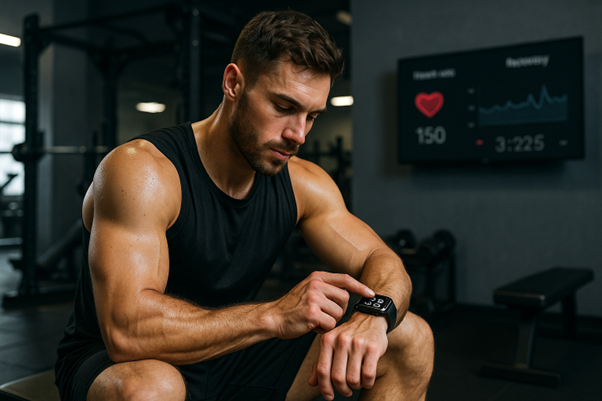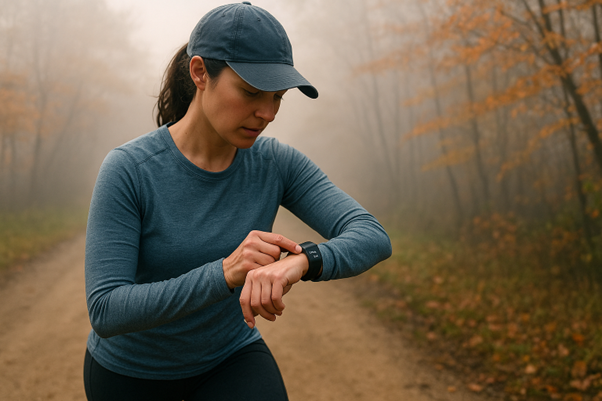In recent years, wearable technology has become a go-to tool for athletes and fitness enthusiasts. From counting steps to analyzing heart rate variability, these devices promise smarter training and better results. But how accurate are they? Do they genuinely improve performance, or are they just high-tech accessories?
One thing is clear: fitness trackers have moved beyond basic pedometers. Today, they monitor sleep, stress, blood oxygen, and even VO2 max. They’re everywhere—from the wrists of weekend warriors to Olympic athletes. With this rise, new industries have also emerged around the trend, such as Avia Masters offering unique digital experiences tied to online gaming.

Market Overview: From Hype to Habit
The global market for wearable fitness tech has grown rapidly. According to market analytics, sales exceeded $60 billion USD in 2024, with wrist-based trackers making up nearly 50% of the total share. Major brands like Garmin, Apple, Fitbit, and Polar dominate, but smaller companies are gaining ground by focusing on niche functions.
Wearables have become daily tools. Not just for step counting, but also for managing health conditions. Athletes use them to track training load, heart rate zones, and recovery time. The trend isn’t only about gadgets, but about creating a lifestyle centered on measurable progress.
Why People Use Fitness Trackers:
- Data-driven motivation: Seeing stats in real-time pushes users to stay active.
- Accountability: Sharing progress with friends or coaches improves consistency.
- Custom feedback: Devices suggest personalized workouts and rest intervals.
This shift has made wearable tech not just trendy but integral to many fitness routines. For both casual users and pros, they serve as mini sport labs on the wrist.
Effect on Amateur and Professional Athletes
Amateurs often rely on wearables to start or stick to routines. They appreciate simplified metrics like step count, calories burned, or zone training. The immediate feedback helps form habits.
For pros, the value lies in deeper analytics. Tracking heart rate variability (HRV), lactate threshold, or cadence gives insights into performance and recovery. Elite-level training involves fine-tuning these metrics daily. Many teams now employ sports scientists who analyze wearable data alongside lab tests.
What Athletes Track Most:
- Heart rate and HRV: Indicators of recovery and stress.
- Sleep quality: Directly linked to recovery and output.
- Training zones: Used to optimize endurance and reduce overtraining.
Though amateurs may not need high-level metrics, both groups benefit from tailored insights. The difference is in the depth of data and how it’s applied.
Can You Trust the Numbers?
Despite their appeal, wearable devices aren’t perfect. Accuracy varies. Consumer-grade trackers are good at counting steps or logging heart rate during moderate activity. But during high-intensity training or strength workouts, they can misread.
Sleep data, too, can be hit or miss. Most devices track movement and heart rate to guess sleep stages. But without EEG (brainwave) data, accuracy drops. Some brands perform better than others, but no wrist-worn device rivals clinical-grade monitoring.
Here are common limitations to keep in mind:
- Wrist placement: Movement can skew heart rate during dynamic activity.
- Skin tone and tattoos: Can affect optical sensor readings.
- Battery-saving modes: Reduce data precision for longer life.
Still, for most users, these issues are minor. The goal isn’t clinical accuracy but actionable feedback. And for that, most wearables do the job well enough.
Practical Tips to Get the Most from Your Wearable
Wearing a fitness tracker is easy. Using it smartly takes a bit more. It’s not just about strapping it on—you have to learn how to interpret the feedback it gives. Understanding your own data and adjusting your actions accordingly is key to long-term gains:
- Set clear goals: Define what you want—more steps, better sleep, faster 5K.
- Calibrate your device: Use your actual weight, age, and fitness level.
- Review trends, not single sessions: One bad night of sleep isn’t a crisis. Look at weekly averages.
- Don’t obsess: The numbers are tools, not verdicts.
Also, don’t forget to sync your data regularly and keep your device updated. These small steps improve accuracy and functionality. With the right mindset, wearables can be a powerful support system. They show where you’re going, not just where you’ve been.

Final Thoughts
Wearable fitness tech can absolutely support better habits, smarter training, and improved health. For amateurs, it creates structure and motivation. For professionals, it adds precision and control. While the data isn’t flawless, it’s generally reliable enough to guide daily decisions.
In the end, a tracker won’t do the work for you. But it might make you want to. And sometimes, that nudge is all it takes.


